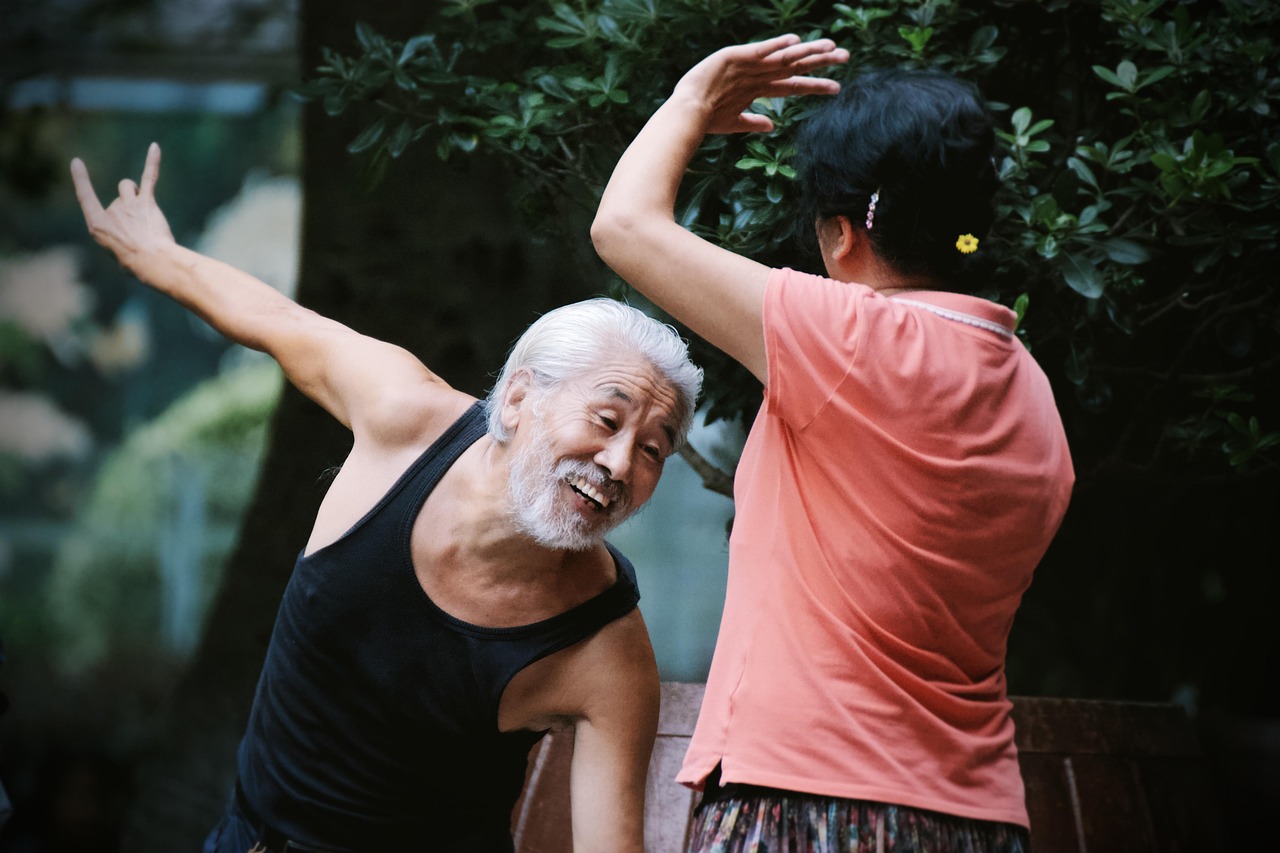The Fusion of Beauty and Fitness through Dance Therapy
Dance has been a staple of human culture for millennia, serving as a form of expression, communication, and celebration. It has also gained recognition as an effective method for achieving physical fitness and emotional wellbeing. Dance therapy, a relatively recent phenomenon in the realm of fitness and wellness, beautifully amalgamates the world of beauty and fitness. This article delves into the profound history, current trends, benefits, and industry impact of dance therapy.

Dance Therapy: Tracing its Historical Roots
The origins of dance therapy, also known as dance/movement therapy (DMT), can be traced back to the early 20th century. Inspired by the modern dance movement, pioneers such as Marian Chace, Mary Whitehouse, and Trudi Schoop recognized dance’s therapeutic potential. They used it as a psychotherapy tool, aiming to integrate the mind, body, and spirit.
The American Dance Therapy Association (ADTA) was established in 1966, marking a significant milestone in dance therapy’s history. Since then, the field has grown exponentially, with dance therapists now practicing in over 30 countries worldwide.
Current Trends in Dance Therapy: Expert Analysis
While traditional dance therapy primarily focused on individual therapy, present trends lean towards group settings. This shift is attributed to the increased recognition of the communal benefits dance can provide, such as fostering social interaction and building a sense of community.
Moreover, dance therapy is becoming increasingly integrated into broader treatment plans. It is now being used in conjunction with other therapeutic practices within hospitals, rehabilitation centers, schools, and nursing homes.
The Beauty and Fitness Benefits of Dance Therapy
Dance therapy goes beyond traditional workout routines by offering both physical and psychological benefits. On the fitness front, dance therapy provides a full-body workout, improving cardiovascular health, muscular strength, flexibility, and body composition.
On the beauty side, dance therapy enhances gracefulness, body awareness, and posture. The endorphins released during dance sessions also contribute to reducing stress and improving skin health, enhancing overall beauty.
Dance Therapy: A Rising Star in the Fitness and Wellness Industry
The global fitness and wellness industry, worth over $4.2 trillion, is increasingly embracing dance therapy. Its holistic approach to wellness aligns with the industry’s shift towards more integrated and personalized health solutions.
As per a report by the Global Wellness Institute, ‘mindful movement’ activities, including dance therapy, are among the fastest-growing wellness trends.
Evidence-Based Claims and Recommendations
Numerous studies validate the benefits of dance therapy. A study published in The Arts in Psychotherapy journal found that dance therapy significantly reduced depression and improved mood. Another study in the American Journal of Dance Therapy reported that dance therapy improved balance and gait in Parkinson’s patients.
Given its myriad benefits, experts recommend incorporating dance therapy into a regular fitness routine. It can be an enjoyable alternative for those who find traditional workouts monotonous.
The Dance of Beauty and Fitness: An Immersive Experience
Dance therapy offers a unique, immersive experience that merges beauty and fitness. It goes beyond mere physicality, delving into the emotional and psychological aspects of wellness. The rhythmic motion, the expression of emotions, and the connection with others create a transformative experience that enhances both physical beauty and inner wellbeing.
In conclusion, dance therapy is revolutionizing the fitness and beauty industry, offering a holistic approach to wellness. As more people discover its benefits, dance therapy is set to dance its way into the future of fitness and wellness.





